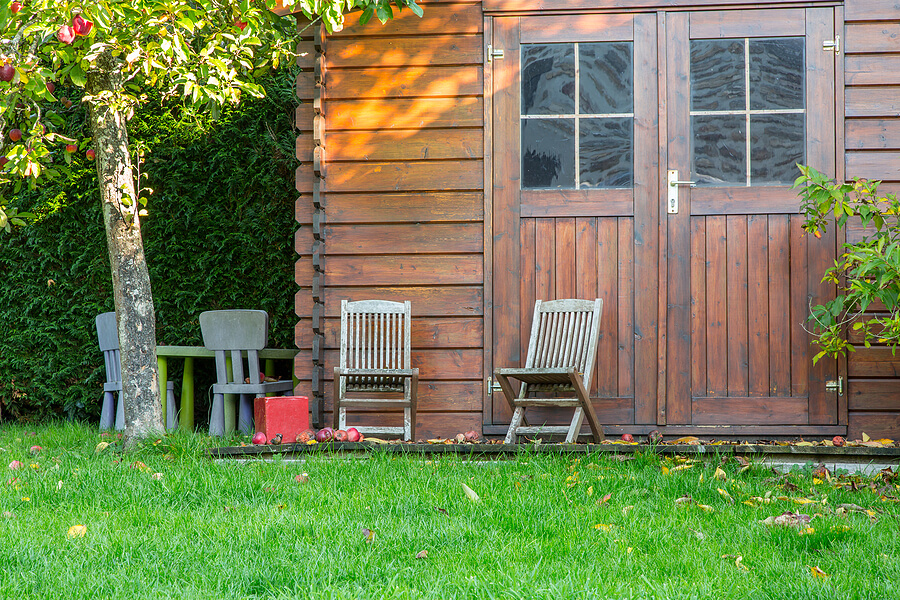If you’re looking to add a little bit of value and utility to your home, then the addition of an outbuilding can be tremendously beneficial. Constructing one throws up a few complications, however, which might not be what you’d expect from a straightforward extension.

What is an Outbuilding?
An outbuilding is a building that’s separate from your main home, but that’s still considered part of it. Structures like sheds, greenhouses, and detached garages might all fall into this category. Outbuildings must fulfil a number of criteria in order to be considered permitted developments, much like extensions – but the fact that you’ll have to put up at least four walls tends to present a slightly different challenge.
What can they be used for?
Outbuildings can fulfil a whole range of purposes. They tend to be favored for activities that you might want to keep separate from the main property. Woodworking, heavy-metal drumming and weightlifting might all be done in a purpose-built outbuilding. If you want a space where you can retreat from the stresses of domestic life, then you might go for a games room or yoga studio.
The size of your outbuilding will restrict what activities are possible. For example, if you want to set up a full-size snooker table, then you’ll need an appropriately large space.
How to Create an Outbuilding
Building a functional outbuilding means following a few important steps. Let’s briefly run through them.
Planning
Before you get started, you should have an idea of what you’re doing. Getting everything down on paper will allow you to avoid stress later on. You should also make sure that you’ve followed the rules concerning permitted developments. For the most part, your outbuilding should be considered a permitted development provided that it’s behind your home, and doesn’t have a balcony overlooking the neighbor’s fence.
Materials
Having decided what you’d like to build, you can begin to make a list of materials you’ll need. You might be tempted to skimp on materials for the sake of keeping the project within budget. In some areas, this won’t have any significant implications. In other areas, like the roof, you’ll end up saving money in the long-term by spending a little more right off the bat. Weatherproof roofing sheets will protect the interior from water ingress, which is especially important if you’re putting electronic equipment inside your outbuilding.
DIY or Contractor?
If you want to save money, then you can go DIY. This is especially sensible if you’ve already got relevant expertise. For the most part, it’s best to bring in someone who really knows what they’re doing, especially if this is your first major project of this kind. This will help you to stay on the right side of building regulations, too.


